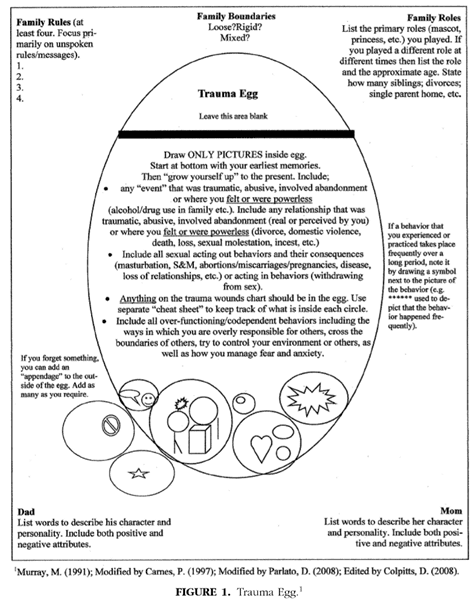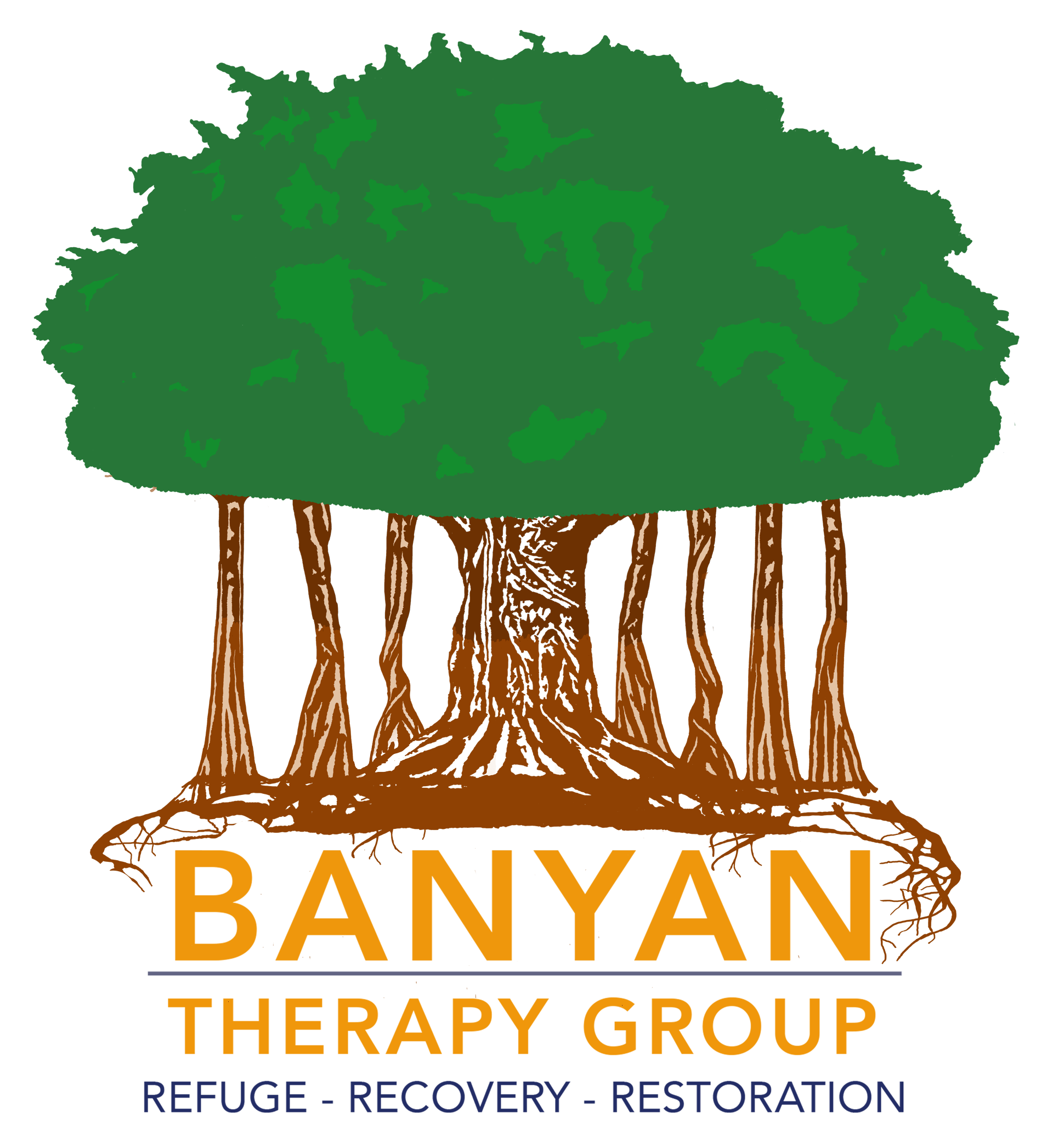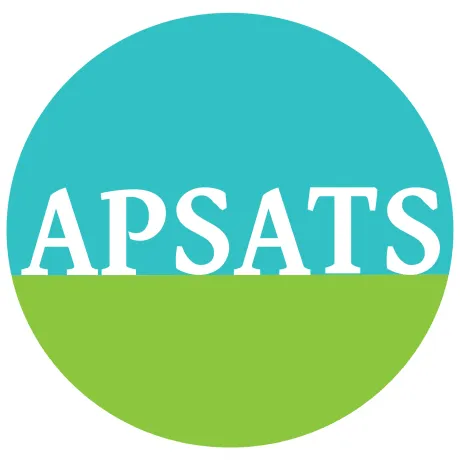- Pilot study focused on the use of a written/drawn therapeutic exercise called “The Trauma Egg” with spouses of sexually addicted men in a group setting.
- “The trauma egg is an intervention which requires each participant to list unwritten family rules, family roles, as well as descriptions of both parents outside of a large egg drawn on paper (Carnes, 1997). Within the egg the participant is asked to draw a depiction of each trauma they have suffered from birth to the present. Once these tasks have been completed at home, the participants return with the trauma eggs to describe and process them within the group setting” (pg. 349).
- Image of trauma egg instructions and suggested layout (p. 350).

- The pilot group sessions consisted of three phases: Phase I involved eight weeks of weekly psychoeducation sessions and provided participants information on sexual addiction, loss, boundaries and disclosure. Phase II involved four weekly sessions and had each participant complete the trauma egg exercise and then process it in group over. Phase III was eight weeks in length and addressed recovery issues, personal self-care plans and ongoing community support.
- Transcripts of the open process group sessions were reviewed by the researchers and they identified themes which emerged from the participant’s descriptions of using the trauma egg in a group setting. Key themes included comprehension gained from the intervention and the impact of describing trauma in a group context.
- Participants gained increased understanding about how they turned to objects or activities (e.g., food or sex) to numb pain. New perspectives encouraged some participants to seek healing in their relationship.
- The group experience itself played an important role. “Participants found that the sharing of trauma with others developed a sense of cohesiveness and universality among the members.”
- Use of an intervention tool such as the trauma egg may help the therapist and the partner identify traumas over the lifespan and identify connections or patterns between events which can then be addressed in recovery work.












